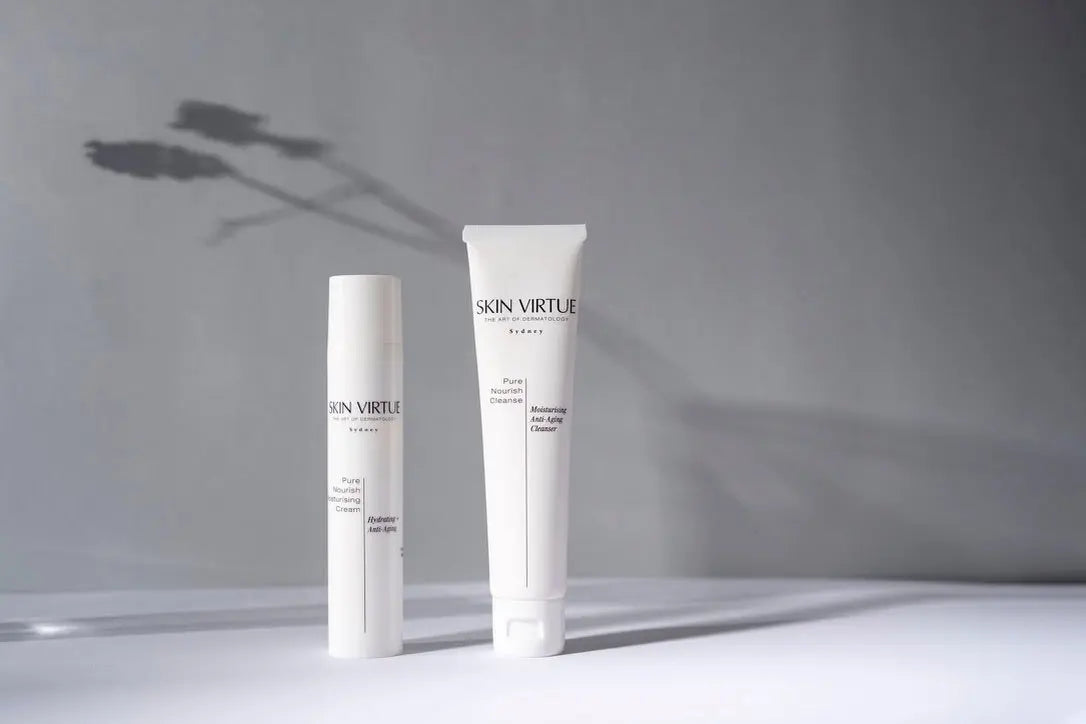
Skin Barrier First: The Science Behind Better Clinical Outcomes
Skin Barrier First
If you're seeing inconsistent results or prolonged recovery in your clinic, don't blame the peel or the patient — blame the skin barrier.
Recent dermatological research confirms what many professionals have long suspected: impaired barrier function compromises how skin tolerates and responds to treatment.
A 2023 review in the Journal of Cosmetic Dermatology reported that barrier dysfunction can elevate the risk of post-treatment inflammation by up to 48%. But that’s not all. Recent research has deepened our understanding of how essential skin barrier integrity is for therapeutic outcomes:
- Meng J, et al. (2025): Highlighted the impact of epithelial skin barrier dysfunction in type 2 inflammation-related diseases like atopic dermatitis. (Study)
- Proksch E, et al. (2024): Detailed the stratum corneum’s role as a functional skin barrier and its correlation with increased sensitivity when compromised. (Study)
- Smith L, et al. (2024): Explored the role of formylpeptide receptor 1 in mediating inflammatory pathways after barrier disruption. (Study)
What Weakens the Barrier?
Overuse of exfoliants and actives
Environmental aggressors (UV, pollution, climate)
Genetic predisposition to sensitivity or dryness
Why Skin Virtue Works:
Our bioactive cosmeceuticals are developed with skin barrier-first thinking. Every formulation is designed to:
Calm and prepare reactive skin before treatment
Restore hydration and lipids immediately after
Reduce the risk of flare-ups and barrier burnout
Recommended Products for Clinical Use:
Pure Nourish Cleanse — Preserves essential lipids during prep
Future Advanced Serumist — Post-procedure barrier hydration and antioxidant protection
Super Clear Cleanse — For breakout-prone, barrier-sensitive skin types
Barrier care isn’t an optional add-on. It’s step zero in skin transformation.
P.S. Why did the damaged barrier refuse treatment? It needed space to rebuild its boundaries.
Author Gary Williams


